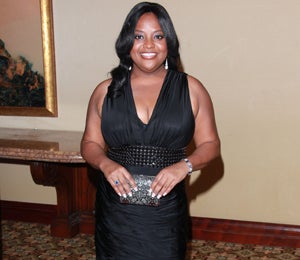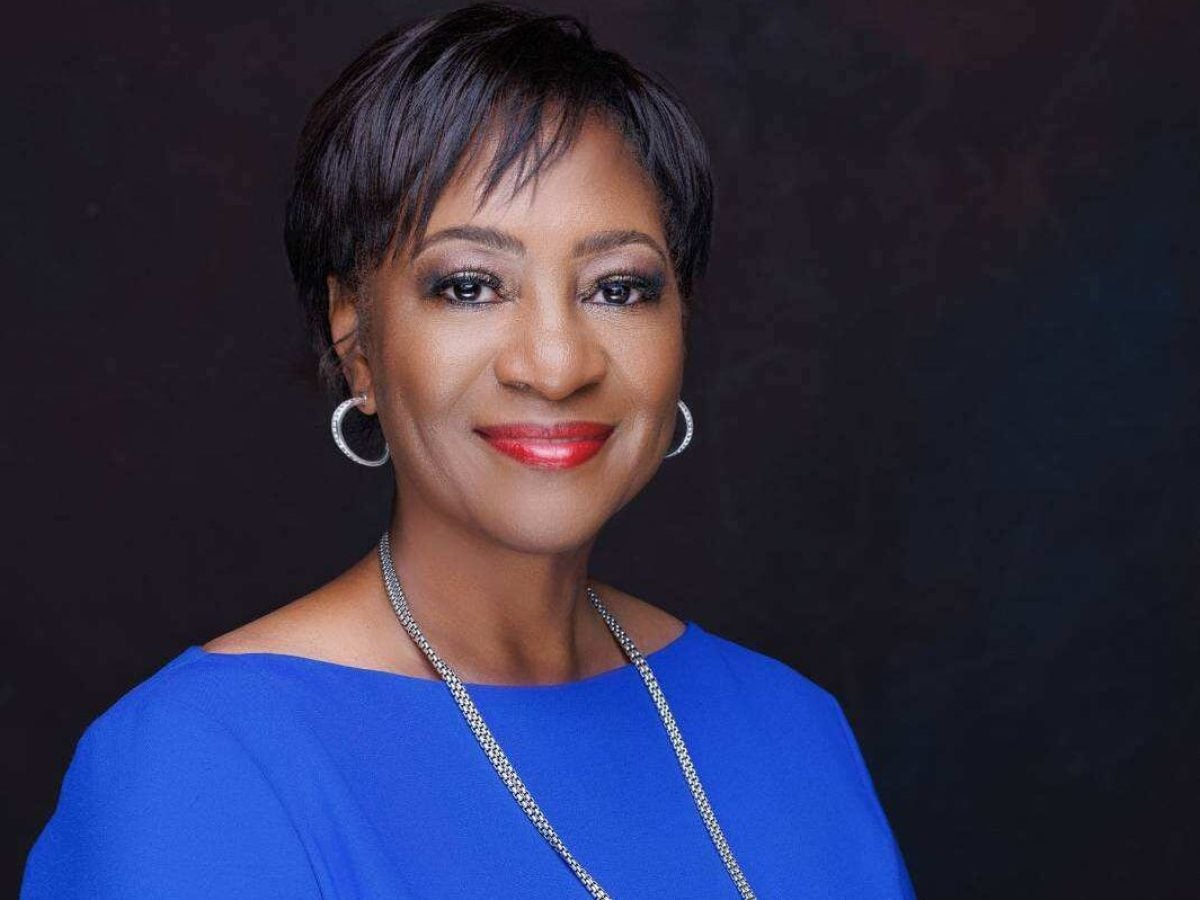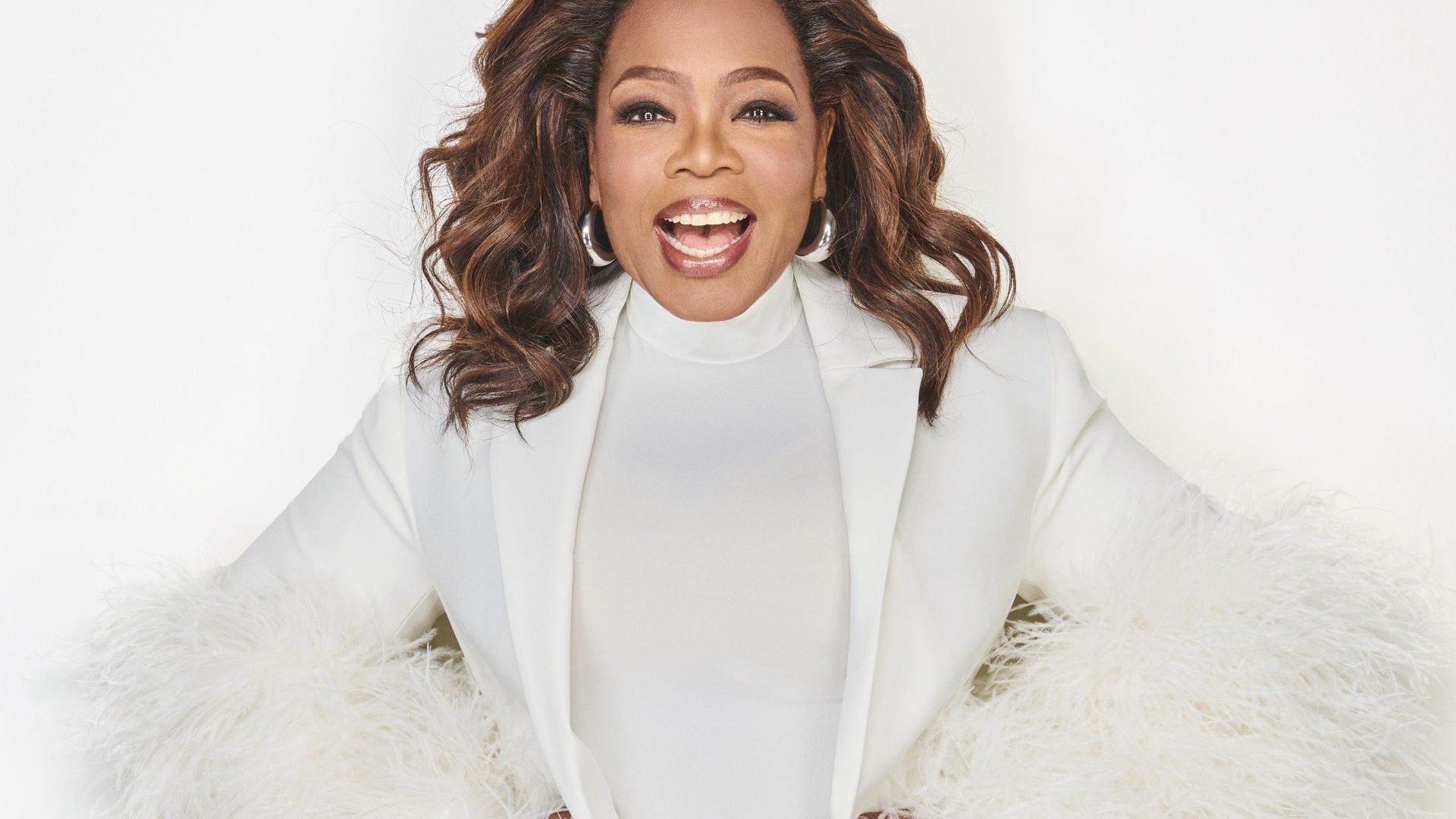

How We Heal In A Divided World

Sponsored by the W.K. Kellogg Foundation
In the wake of the 2024 election season, Essence sat down with W.K. Kellogg Foundation President and CEO La June Montgomery Tabron to discuss her forthcoming book How We Heal, which makes a powerful case for hope through racial healing. Below, Tabron talks about why she wrote the book, the promise of racial healing, and why we need it now more than ever.
We just came out of an extremely polarizing election season. Americans are deeply divided—a poll conducted by Johns Hopkins University in late October found that nearly half of Americans think members of the opposing party are “evil.” Your forthcoming book, How We Heal, discusses how we got here and how we can find common ground through the practice of racial healing. Let’s start with the basics: what is racial healing?
TABRON: Racial healing is a practice with roots in Indigenous communities that harness our shared, deeply human need for connection. It starts with truth-telling and solidarity-building and asks us to confront uncomfortable realities about our histories, society, and unconscious beliefs.
One of racial healing’s most potent tools is the racial healing circle, a powerful technique I’ve seen used successfully across various communities and identities throughout the United States and the world. In racial healing circles, facilitators help participants share their experiences in an environment free of blame or shame. These dialogues are, by definition, not easy—but where other conversations tend to break down, healing work helps us “stay in the room” by giving us the tools to work through difficult emotions when they pop up.
When we do that, something remarkable happens. People begin to see their shared humanity. Relationships emerge. With these relationships in place, communities can begin to address the racism that has rooted itself in the many systems, structures, and institutions that give shape and meaning to our lives.
How We Heal weaves your personal story with the Kellogg Foundation’s journey to center racial equity and racial healing in its philanthropic work. Why did you choose to include your personal story in the book?
TABRON: My story is an American story. I’m a child of the Great Migration, which my mother and father joined to escape the Jim Crow South in search of a better life. I was born in Detroit, a workshop for democracy, during a grand but ultimately flawed experiment with racial integration. I’ve faced the obstacles and indignities familiar to anyone who has lived as a person of color in the United States.
I also grew up surrounded by love, education, and opportunities to pursue my passions and dreams. I thrived because of that nurturing environment. Every child deserves that chance.
My story and the stories of so many others like me make it clear: race, a part of our identities we cannot choose or change, should not determine our opportunities or outcomes. Our stories are powerful and telling them can be the first step toward change.
We’ve seen the backlash against racial equity efforts at the federal government level, in universities, and in the workplace. Is racial healing possible in this environment?
We know some loud voices are trying to advance a story about businesses retreating from DEI efforts, but that is a false narrative. For example, there have been intense efforts by some corporate shareholders to push forward anti-DEI proposals in boardrooms, with 15 of these made in 2023 and 30 made in 2024. It may even seem that support for these proposals is growing because those same shareholders are putting anti-DEI proposals forward in an increasing number of C-suites. In truth, support for anti-DEI activism is falling, and of the proposals brought to a vote in 2023 and so far in 2024, none have received majority support.
From our work through our Expanding Equity initiative, we see that workplace DEI continues to be in demand by employees and a priority for leaders. Many are taking the opportunity to reassess and reprioritize the highest-impact efforts.
Racial healing is needed when so many Americans struggle to communicate with one another and find common ground. We may disagree on the solutions to some problems we face, but many of us are tired of the division that seems to define our country and paralyze our institutions.
If we want to build a better future for our children—and I still believe most of us share that goal—we must find a way to work together. Fortunately, the tools of racial healing work across any divide, including partisan, class, demographic, and generational.
Racial healing provides a framework to connect with people across our differences. It allows us to recognize our shared values and fate, even if we haven’t always shared a similar American experience. Anyone and everyone can take the first—or the next—step on this journey, and I hope this book empowers more people to do so.






